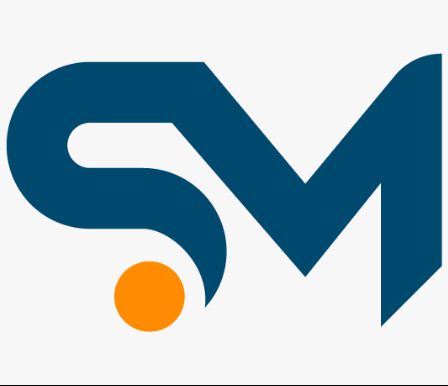Safe uploading and downloading business files is a crucial component of a myriad of online applications and services, including content management systems as well as insurance portals, healthcare portals and messaging applications. File uploads that are unrestricted are a primary attack technique used by malicious actors to inject malware and take data.
A reliable file-upload system should confirm that uploaded files are in compliance with a list of permitted file types, and also scan them for viruses prior to storing them. This ensures that the private information of customers is not exposed and is in compliance with standards like HIPAA (for health-related information) and GDPR (for http://firedataroom.com/how-crucial-is-data-room-pricing EU citizens).
It is crucial to be able verify file types, as attackers are able to “mask” malicious applications by renaming files to acceptable extensions like.jpg or.gif. Your solution may not be capable of detecting the actual file type, and it could allow it to pass unnoticed. To prevent this from happening, you must have a system for uploading files which can verify the extension as well.
Another way to defend yourself against a range of attacks is to apply a strong encryption to all data during the flight and in rest. This transforms files and messages into code that hackers can’t read, even in the event that they gain access to.
In addition you can also set up an upload system which blocks files that do’t match your namestamp conventions. This will help organize your team and also prevent confidential information from getting exposed in the file names.


